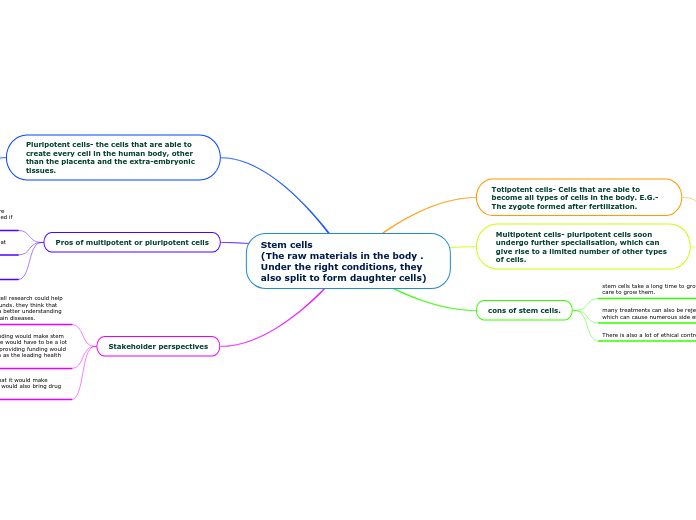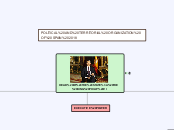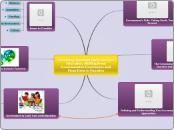realizată de Khehra Harsh 4 ani în urmă
297
Stem cells (The raw materials in the body . Under the right conditions, they also split to form daughter cells)
Stem cells are the body's raw materials, capable of differentiating into various cell types under specific conditions. These cells are classified into three main categories based on their potential:









